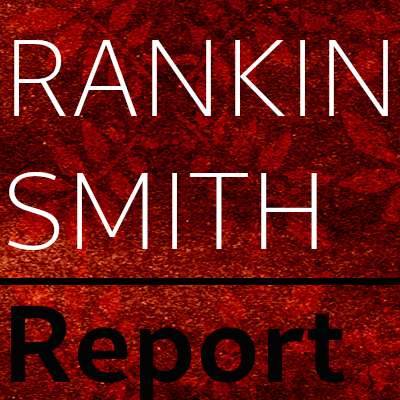When discussing cryptocurrency with individuals from the traditional finance world, it's common to encounter the view that crypto is little more than gambling. While this perspective may indeed reflect a portion of the crypto market, there are certain tokens that offer genuine value. It's important to note that the following analysis is not intended as investment advice and should not be interpreted as a solicitation for any specific token. Instead, it serves as an educational piece designed to illustrate a point.
The Liquity protocol stands out as a prime example of such value. It's an immutable lending protocol that permits users to obtain over-collateralized loans denominated in LUSD, with no interest incurred over the life of the loan. However, there is an origination fee ranging from 0.5% to 5%, along with a $200 liquidation fee. An attractive feature of the Liquity protocol is that it boasts multiple front-ends, enhancing its decentralization.
People often inquire about the sustainability of such a model and how the business generates revenue. It's crucial to understand that the Liquity protocol operates on the Ethereum blockchain, and once the contract is launched, operational costs are minimal. Any fees incurred are borne by the users. Think of it as a protocol akin to SMTP, which people use daily for email without paying for it directly. Front-ends are partially compensated with LQTY tokens. What's intriguing is that those who stake LQTY tokens receive a pro-rata share of the borrowing and redemption fees, paid in ETH and LUSD. Staking involves depositing tokens into the platform via a smart contract. For more information, you can refer to the following link: Link to Liquity FAQ on Staking
Moving on to the next two protocols, LooksRare (LOOKS) and X2Y2, both are NFT platforms. While their front-ends may not be as decentralized, they exhibited a fairly distributed token launch. LooksRare distributed tokens to OpenSea users as an incentive to attract users. Additionally, both LooksRare and X2Y2 provided token incentives for platform usage. Consider it akin to Apple offering you stock for utilizing their Apple Store. What sets these two protocols apart from private competitors like OpenSea is that those who stake their tokens receive a pro-rata share of the fees generated, paid out in either more of the token, ETH, or both based on the staking options. While it's still in its early and speculative stages, as an NFT collector, this prospect is quite exciting. For more details, you can explore the following links: LooksRare Rewards and X2Y2 Rewards.
The third protocol to highlight is TraderJoeXYZ, a decentralized exchange, which has been making headlines recently for various reasons. Decentralized exchanges generate revenue through cryptocurrency swaps. The platform's native token, JOE, can be staked, offering a pro-rata share of the platform fees in the form of USDC, a stablecoin issued by Circle. You can learn more at TraderJoeXYZ.
It's worth noting that not all tokens are created equal and the returns through staking can often vary. Personally, I prefer those that provide payouts in stablecoins or more Ethereum, but these are just a few examples of platforms that reward staking. I am not a financial advisor, and it's important to remember that this is not investment advice. A broader discussion should include topics like inflation, circulating versus total token supply, token distribution, and unlock periods. To me, crypto represents more than mere gambling.
Disclosure Statement: This content is an opinion piece designed for discussion and educational purposes only. I have owned, and may still own, the tokens mentioned in this piece. Readers should not interpret any information or materials provided here as legal, tax, investment, financial, or other advice. Nothing presented here constitutes a solicitation, recommendation, endorsement, or offer to buy or sell any securities or other financial instruments. Conduct your own research and due diligence. Seek proper counsel. Make your own decisions based on your risk tolerance and level of knowledge, recognizing that any investment carries the potential for loss. Only invest what you can afford to lose.

